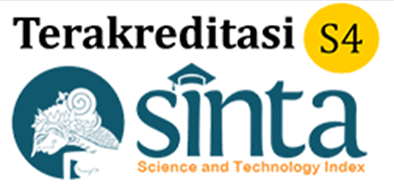PENERAPAN PRINSIP TRANSPARANSI DAN AKUNTABILITAS DALAM PELAKSANAAN PELAYANAN PUBLIK DI KELURAHAN ALAI PARAK KOPI KOTA PADANG
Abstract
This study aims to describe the application of the principles of transparency and accountability in Alai Parak Kopi, Padang City. This study describes service transparency seen from the openness of services, procedures and services requirements that can be understood by the community, ease of access to information and service accountability seen from the suitability of implementation with service procedures, clear legal rules, measurable outputs and outcomes. This research is a descriptive study with a quantitative approach. The population of this study amounted to 12.144 with a sample of 99 respondents determined by the solving formula and using random sampling techniques. The research instrument was analyzed using a questionnaire with a Likert scale measurement. The data in this study were analyzed by descriptive statistics. The results showed that the application of the principle of transparency in services reach 69.8% and was categorized as quite transparent, expect that there was no information dissemination through print or electronic media. While the application of the principle of accountability in service reaches 67.8% and is categorized as quite accountable.












